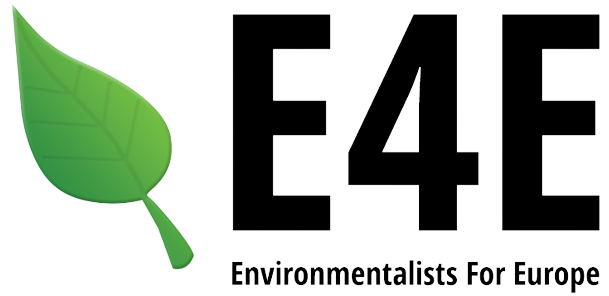What is Kirksite material?
What is Kirksite material?
The Material Originally developed for sheet metal forming tools in the auto- motive industry, kirksite material is a zinc/aluminum alloy (94 per- cent Zn, 6 percent Al) with a melting point of 725 ºF.
What is Zamak 3 used for?
Zamak 3 is a family of alloys with a base metal of zinc and alloying elements of aluminum, magnesium and copper. It is the most commonly used in Zinc die casting, providing an excellent combination of strenght, ductility. It also provides excellent plating and finishing characteristics.
What Zamak 2?
Zinc Alloy 2, also known as Kirksite or Zamak 2 (ASTM AC43A), is the highest strength and hardness of the Zamak family. This alloy has excellent casting characteristics including: A higher creep performance than other Zamak alloys.
What is zamak5?
Zamak 5 (ASTM AC41A) or Zinc Alloy 5, is the most widely used zinc alloy in Europe. It has a higher copper content than Zamak 3, which results in higher strength.
Can you weld Kirksite?
Royal Kirkrod is the most widely used alloy for welding zinc-based metals, white metal and pot metal. These include carburetors, power mower housings, kirksite dies, power tools, trophies and ornaments, vacuum cleaners, antique car parts, models and patterns.
What is cast Kirksite?
The Material Originally developed for sheet metal forming tools in the automotive industry, kirksite material is a zinc/aluminum alloy (94 percent Zn, 6 percent Al) with a melting point of 725 °F.
How strong is Zamak?
The New Jersey Zinc Company developed zamak alloys in 1929. The most common zamak alloy is zamak 3….Zamak 2.
| Property | Metric value | Imperial value |
|---|---|---|
| Mechanical properties | ||
| Shear strength | 317 MPa | 46,000 psi |
| Compressive yield strength | 641 MPa | 93,000 psi |
What is Zamac in jewelry?
Zamac is a mixed alloy of zinc, aluminum, magnesium, and traces of copper that is dipped in silver. It is used in die-casting manufacturing and it has higher aluminum levels than any other alloy. This is why Zamac pieces of jewelry are firm and solid. The hardness gives a bold look and it has a long lifespan.
What is Kirsite?
Kirksite was developed primarily as a forming tool alloy. Dies cast from Kirksite provide low-cost tooling because the alloy can be accurately cast, requiring minimal finishing. In addition, Kirksite has been used as a general purpose casting alloy for non-stressed components.
Are Low Temp welding rods any good?
Weld aluminum with any low temperature torch – even a propane torch. These aluminum welding rods are harder than mild steel which results in minimized parent material distortion during welding. You’ll also get a stronger weld than the parent aluminum material without flux or other welding material.
Can you weld zinc to aluminum?
The aluminum alloy was successfully welded with zinc coated low carbon steel by cold metal transfer welding. The erratic zinc vapor produced during cold metal transfer process interacts with the arc and the molten filler wire, which lead to an instable welding process.
What is silicon rubber tooling?
Silicone rubber tooling. One of the most popular tooling applications for RP is the production of room. temperature vulcanizing (RTV) silicone rubber tooling. The purpose of RTV tools is to create urethane or epoxy prototypes, often under vacuum (hence the term vacuum casting).
Is zamak soft?
Hardness of Zinc Alloys – Zamak 3 Brinell hardness of Zinc Alloy – Zamak 3 is approximately 82 HB. Rockwell hardness test is one of the most common indentation hardness tests, that has been developed for hardness testing.
Is Zamak better than brass?
3) Longevity: First of all, Brass as a metal is far less prone to corrosion than Zamak. Zamak is never left un-plated in the ironmongery industry for this reason, whereas Brass can be, and is, used regularly with no plating or coatings applied, and is often seen as more desirable this way.
Is Zamak solid liquid or gas?
These zinc alloys are marketed under the name Zamak. The name zamak is an acronym of the German names for the metals of which the alloys are composed: Zink (zinc), Aluminium, Magnesium and Kupfer (copper)….Summary.
| Name | Zamak 3 |
|---|---|
| Phase at STP | N/A |
| Density | 6600 kg/m3 |
| Ultimate Tensile Strength | 268 MPa |
| Yield Strength | 208 MPa |
